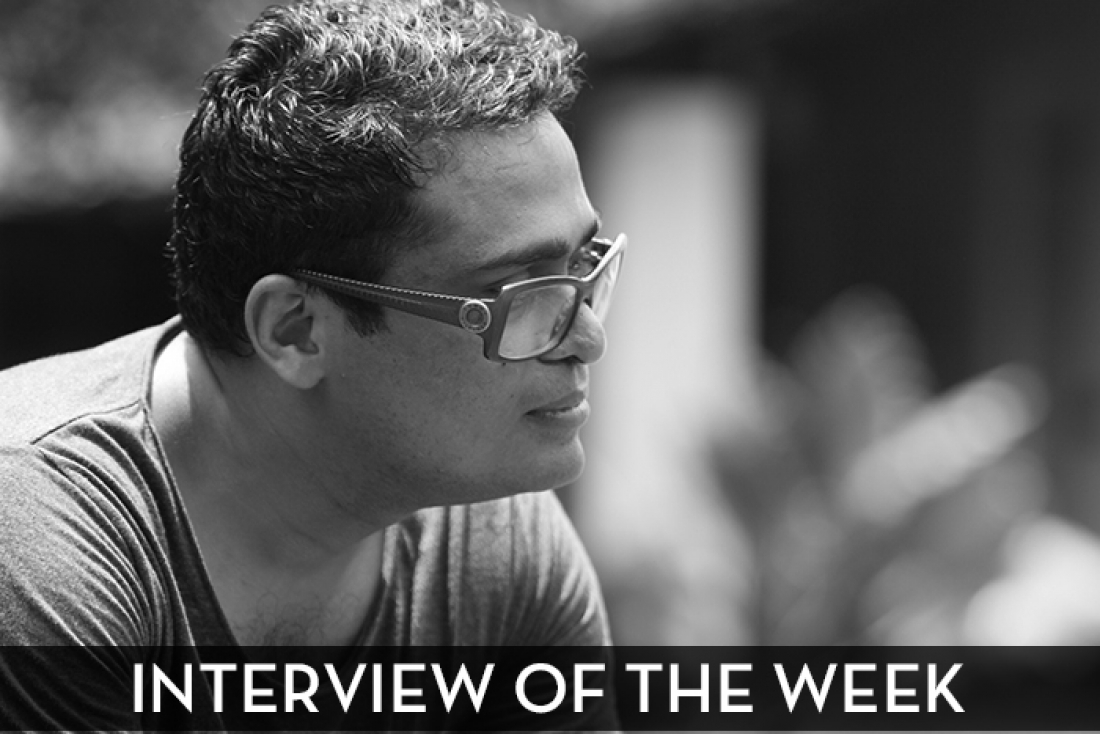
Jitish Kallat

Jitish Kallat
While his impressive, large-scale works such as Covering Letter [2012] tour the world, most recently appearing at the Philadelphia Museum of Art and Sydney’s Museum of Contemporary Art, Mumbai-based artist, Jitish Kallat, has found himself retreating into the solace of his studio in Bandra and surrendering to the elements, specifically, air, water and fire. His latest [since March 2015], most critically acclaimed bodies of work have been his Wind and Rain studies that derive their poetic currency from the moment of their creation and the immediate circumstances that facilitated their production.
Wind Studies arose from Kallat’s decision to draw with fire, first creating a network of lines that were connected to an array of circles, then randomly applying an adhesive upon select portions, followed by ignition—setting the adhesive aflame, thus allowing the wind to stamp its footprint across the paper, with Kallat only controlling the duration of the fire, not its direction. What emerged upon each paper was an endoskeleton of burnt incandescence. Kallat marked their birth through his intensely poetic titles held in parenthesis, which have been the same for each work in the series: the hour of the day of the month of the season. ‘Sometimes, overrun by intense wind, some lines do not have a full life and hence don’t leave any mark or record of their existence as fire. They never arise fully and remain stillborn lines,’ Kallat said once during a studio visit.
Kallat’s more recent Rain Studies are in a similar vein, and, as curator Natasha Ginwala points out, ‘the role of chance in the production of these works takes over the valued place of authored intention’. Instead of fire, Kallat plays with droplets of rain, allowing each one to land against a black-coated surface thus forming what appear like galaxies suspended in the cosmos. Time is measured as breath cycles and is similarly registered as the hour of the day of the month of the season.
Both bodies of work form a prominent part of the display at Kallat’s ongoing retrospective at the National Gallery of Modern Art, titled Here after Here, where, cast against the spectacular scale of his many monumental pieces, such as Aquasaurus [2008], Annexation [2009], Epilogue [2010-11], and Public Notice 3 [2010], which will show in India for the first time since it was created and installed on the Woman’s Board Grand staircase at the Art Institute of Chicago, resurrecting Swami Vivekananda’s address at the World Parliament of Religions calling for an end to religious fanaticism and bigotry.
Here after Here is on view at the National Galllery of Modern Art till the 14th of March, 2017.
Text Rosalyn D'Mello